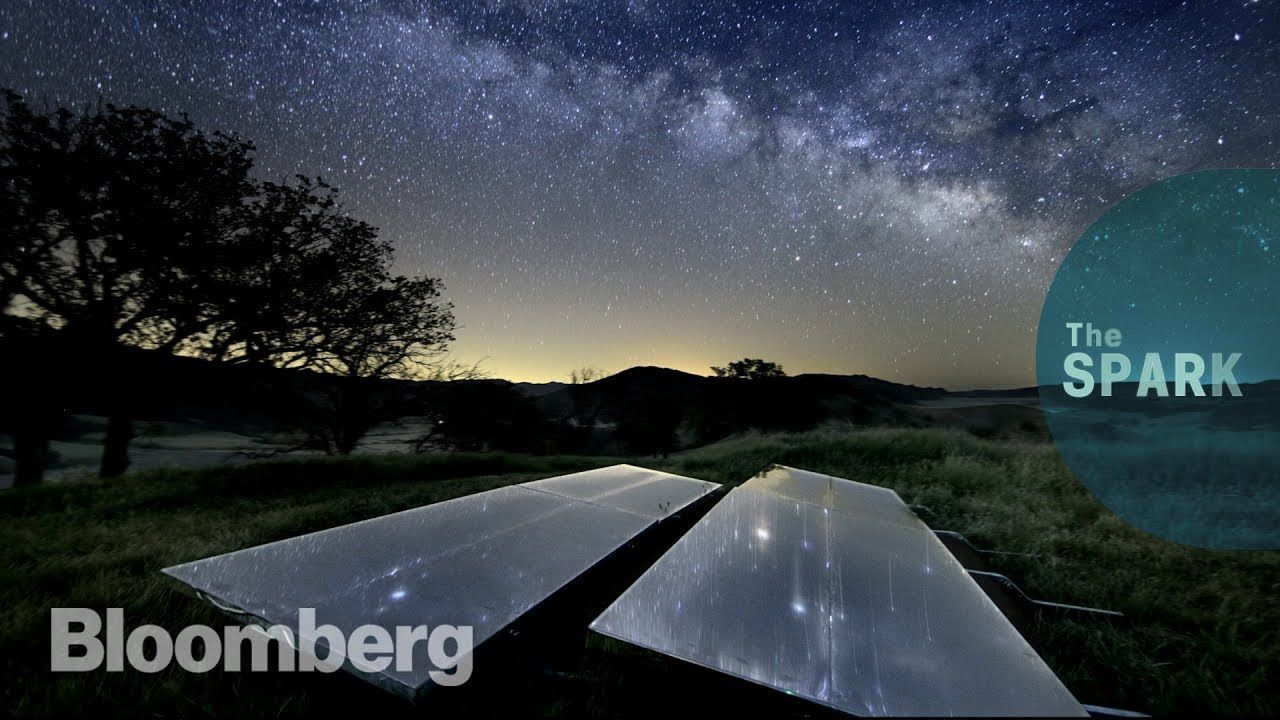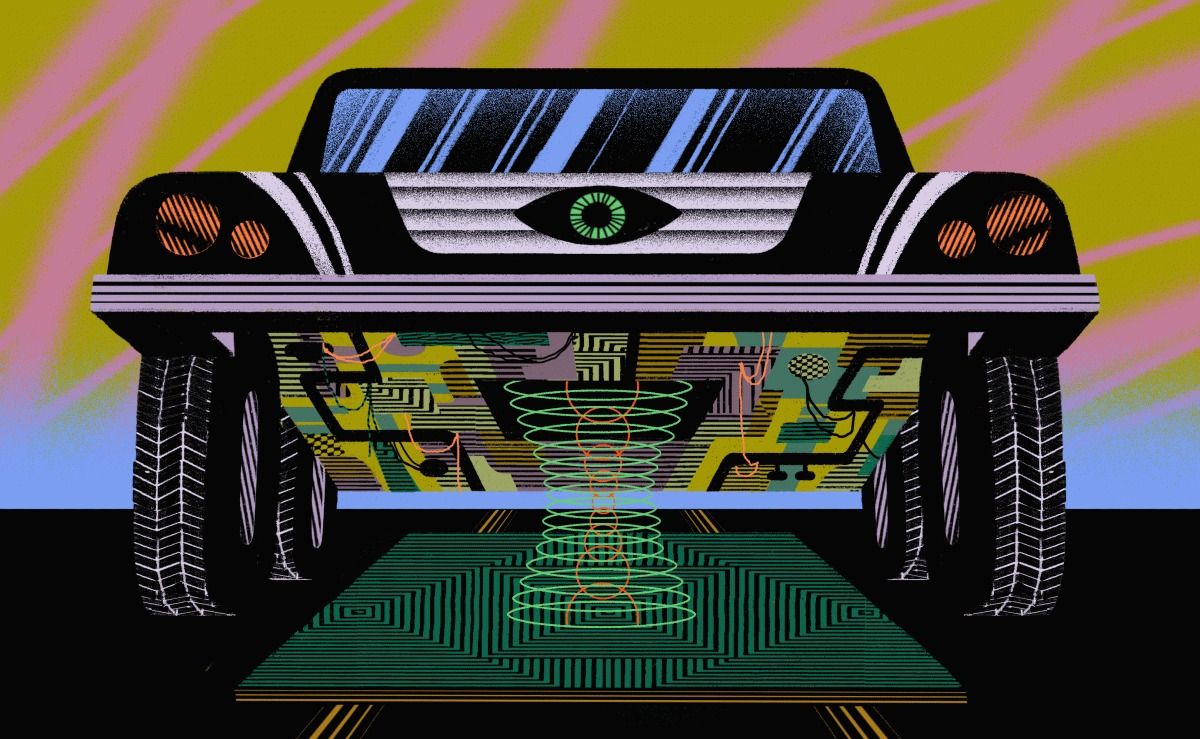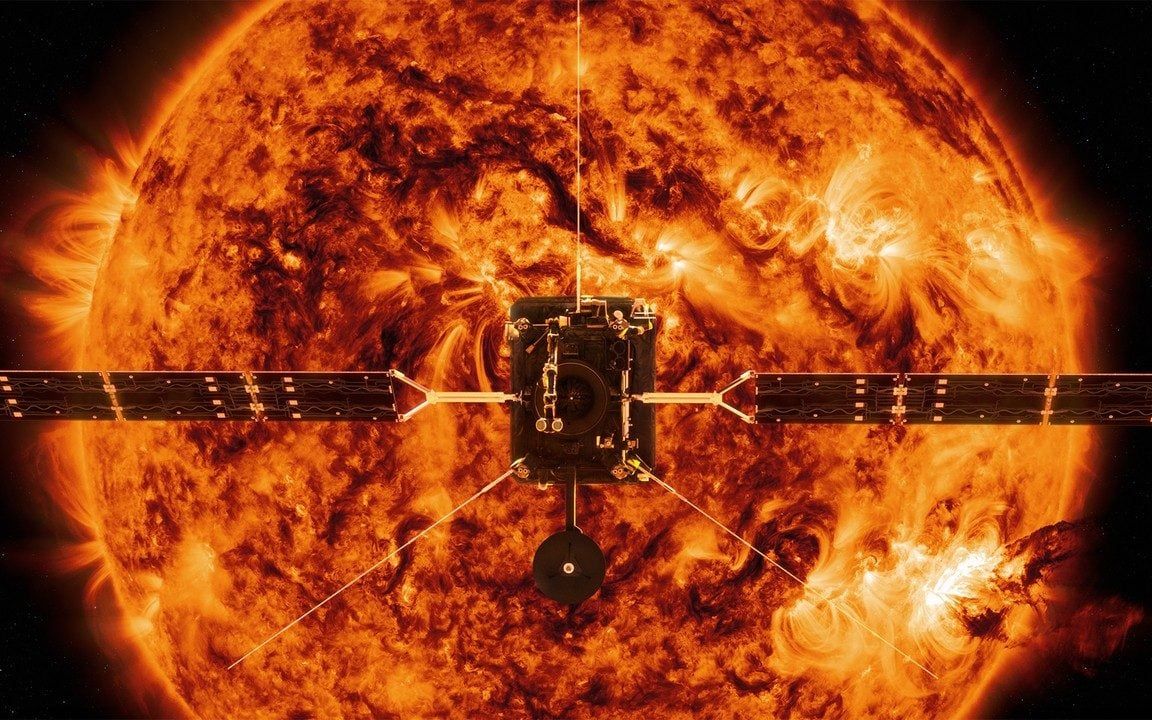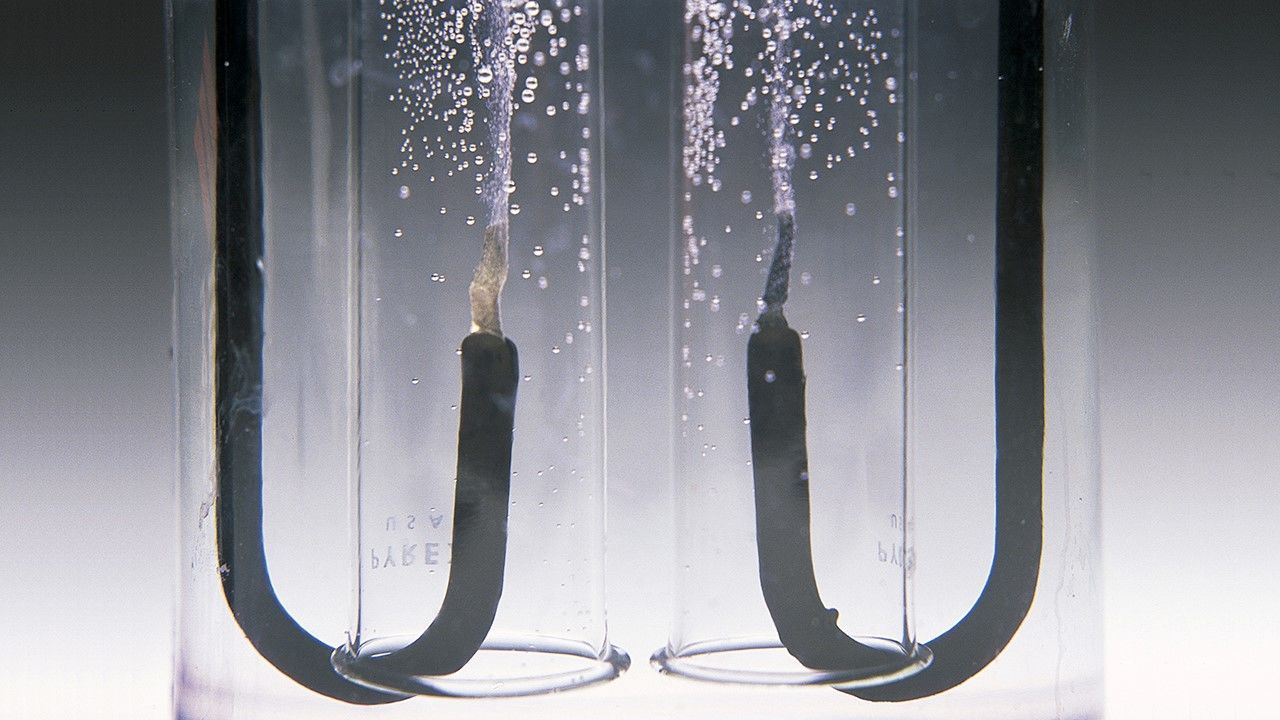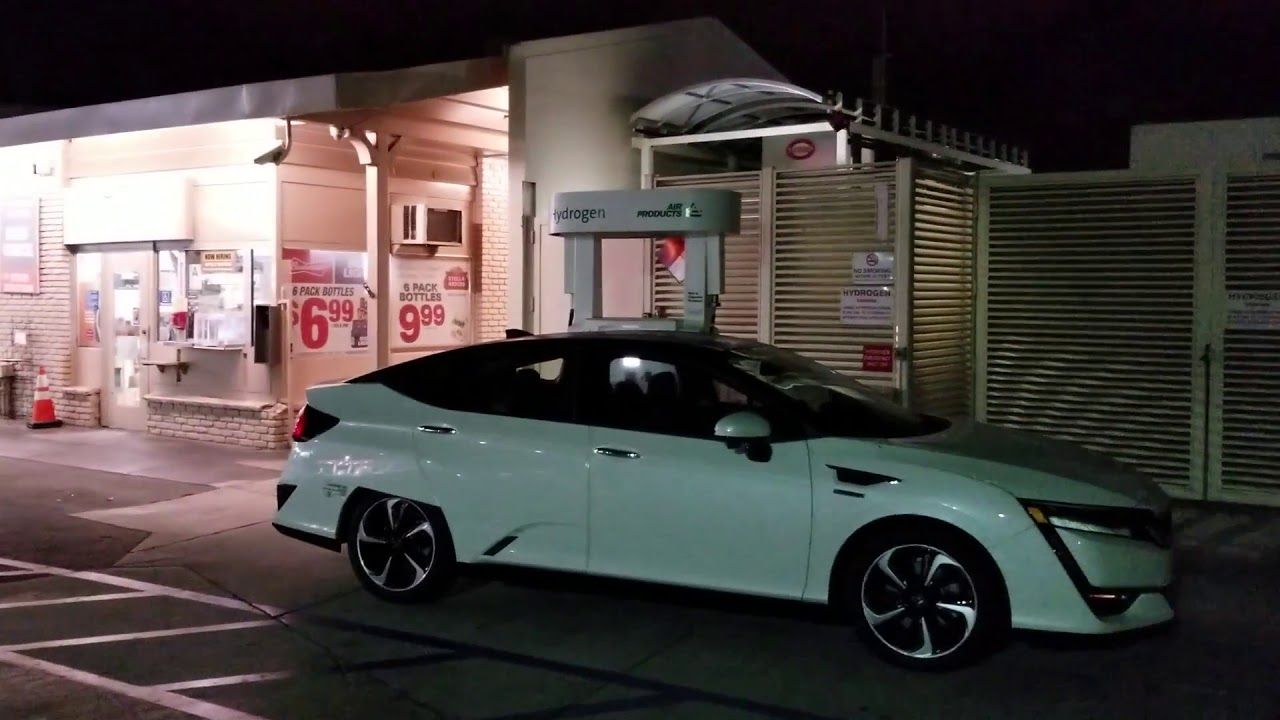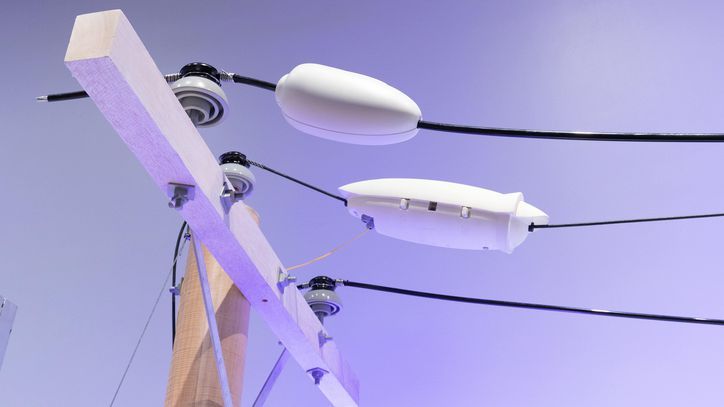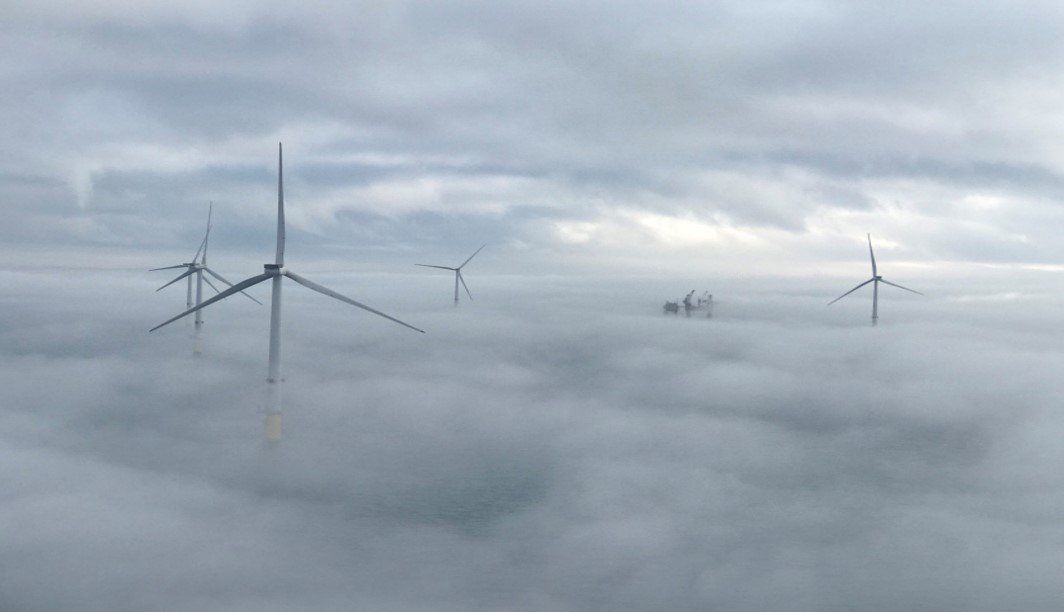The United States uses more energy for HVAC than Africa uses for all of their energy needs.
The starry night sky seems remarkably distant from the topic of air conditioning, but it’s revolutionizing the field in quite an unexpected way. In this episode of “The Spark,” watch how scientists from across the globe are harnessing natural phenomena to drastically redesign this century-old technology.
Featured in this episode:
Dr. Ernest (Kian Jon) Chua.
National University of Singapore
http://me.nus.edu.sg/staff.php?id=2164
SkyCool Systems
http://www.SkyCoolSystems.com
–
Spark is a series about the revolutionary technologies solving the world’s big problems. For more, subscribe to Bloomberg on YouTube.
Bloomberg is the First Word in business news, delivering breaking news & analysis, up-to-the-minute market data, features, profiles and more: http://www.bloomberg.com
Connect with us on…
Twitter: https://twitter.com/business
Facebook: https://www.facebook.com/bloombergbus…
Instagram: https://www.instagram.com/bloombergbu…
Twitter: https://twitter.com/business
Facebook: https://www.facebook.com/bloombergbusiness
Instagram: https://www.instagram.com/bloombergbusiness/
